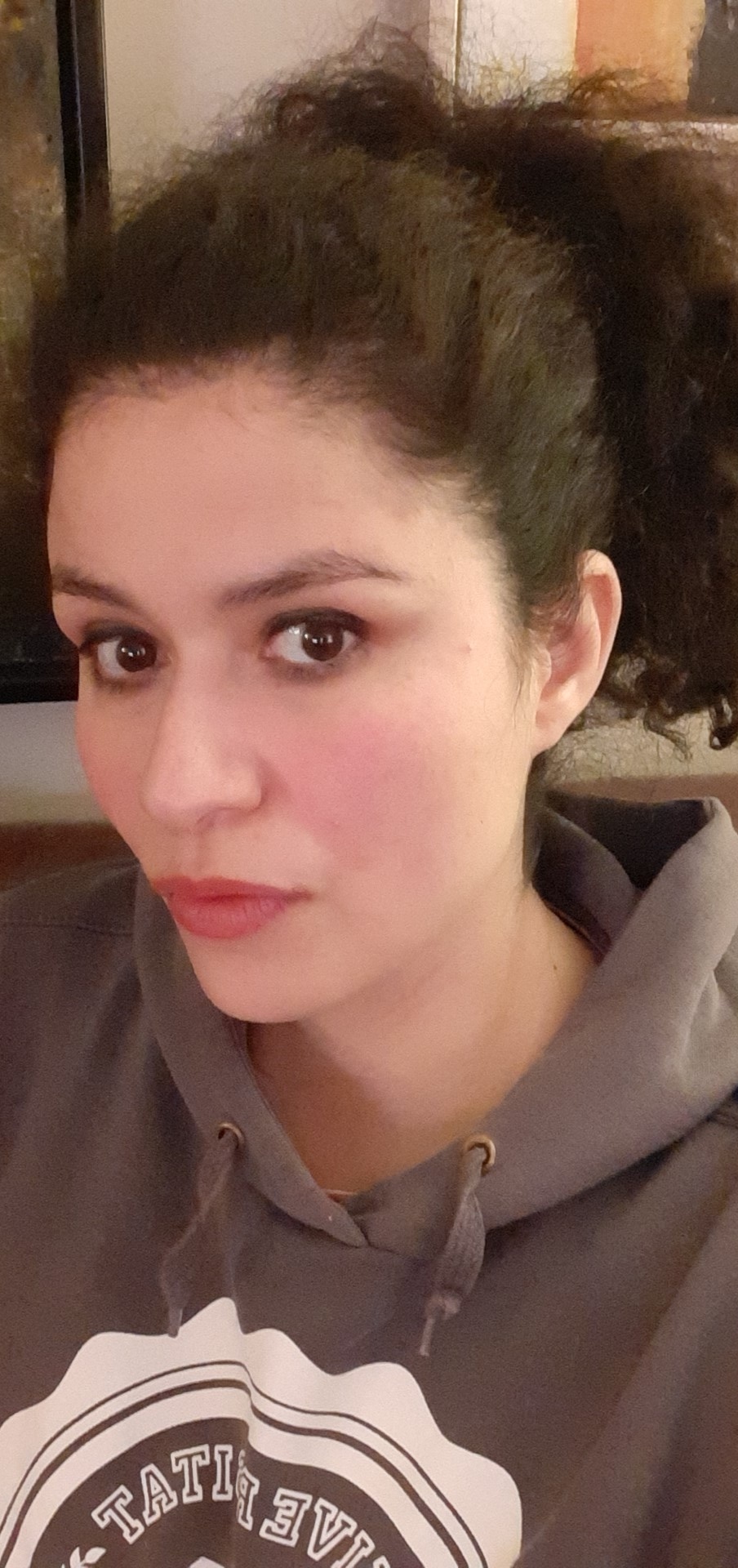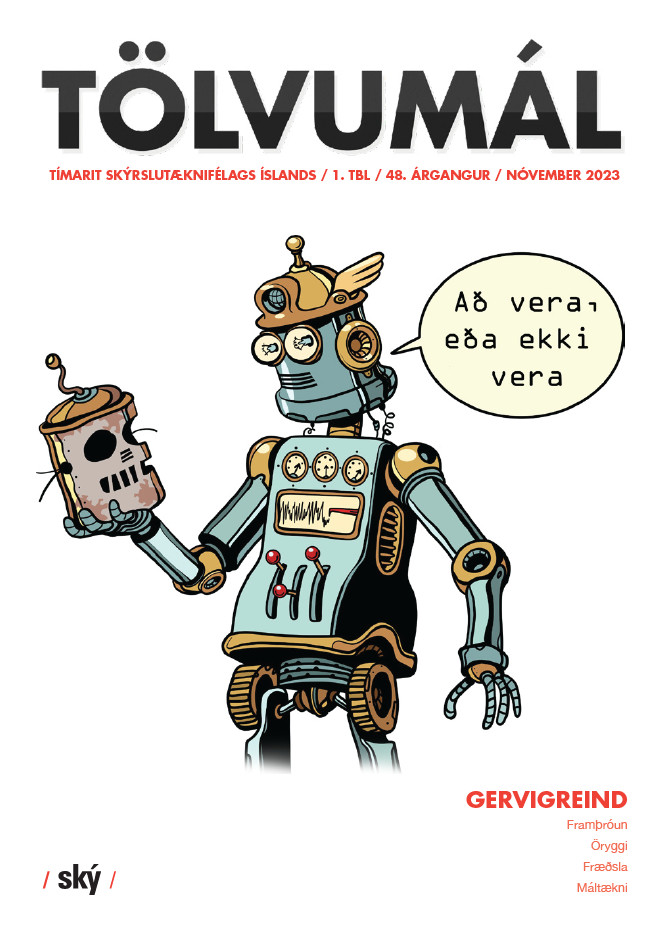
The role of VR in telehealth
 The rate of advances in medical technology in the past decade, specifically in telemedicine, holds much promise to improve our quality of care. When one thinks of the term “telemedicine” (also eHealth, and telehealth), the image of a video conversation between a physician or therapist and their patient is what comes to mind, but the field is quickly diversifying. One of the most standout technologies being adopted into medicine, is virtual reality, or VR.
The rate of advances in medical technology in the past decade, specifically in telemedicine, holds much promise to improve our quality of care. When one thinks of the term “telemedicine” (also eHealth, and telehealth), the image of a video conversation between a physician or therapist and their patient is what comes to mind, but the field is quickly diversifying. One of the most standout technologies being adopted into medicine, is virtual reality, or VR.
VR has had the most use and association in video games, where less than a decade ago it was still considered a gimmick. But with the adoption of VR by the medical community, attitudes toward it are quickly changing. Medical schools such as Harvard are incorporating VR into their curriculums, using it to interactively teach surgery to medical students in a safe environment. This is only possible because of the immense advances in augmented reality software and robotics that give a user an unprecedented amount of control.
One of the leading companies behind these systems is Intuitive, with their Da Vinci Instruments brand (1). In 2014 their video (2) of a grape delicately being sutured back together became wildly popular on the internet, it currently has almost 3 million views. The level of precision portrayed is beyond what is humanly possible for even experienced surgeons. These systems are now being used by hospitals, and surgeries that were considered physically impossible before are now becoming routine. This technology also allows for patient and a doctor to not even be in the same geographic location. And hopefully this aspect will allow for better distribution of care in places with less access to surgery.
Medical portals that incorporate VR are also playing a key role in this. One of the first of these medical portals is VRMedLab developed at the University of Illinois at Chicago (3). Doctors now also have the technology to scan a patient in 3D and choose which organ system to focus on. In a theoretical scenario, a team of doctors, all in different places, could look at an interactive 3D visualization of a pair of conjoined twins. They can together discuss a strategy to separate them, while having a clear visual of their bones, arteries, and nerves. And while technically, the technology has existed for at least a decade, it is only now that the big-data infrastructure is in place that this can this be used in a practical sense.
Taking telemedicine back to its more familiar applications, VR is also being incorporated in different types of therapy. An example of this is clinical psychologist Roos Pot-Kolder of VU University Amsterdam (4), helping a patient with paranoid schizophrenia. In a virtual environment, her patient was exposed to mundane settings (5) that they may not feel comfortable experiencing in person. She was able to control the friendliness on the faces of the virtual people, and their number, and adjusted them as the therapy went on. This method of therapy has also been tried in patients with PTSD, such as veterans, with what appear to be substantial improvements (6).
In the future, with an aging technology literate population, VR applications in elder care are also promising. There are already telehealth solutions in place, where one medical professional can monitor several elderly people on camera, with information onscreen about their vitals, medical and/or family history. In the not distant future, these patients will have the capacity to make digital visits to their loved ones, lowering the feelings of loneliness typically associated with nursing homes.
One of the hurdles that seems to plague telehealth, and therefore the application of VR in it, are security concerns. Medical providers are struggling with finding ways to make healthcare more accessible on people’s own devices. There are security standards in place, but for many the problem lies in gaining trust from both providers and patients. Sometimes patients are reluctant to participate in clinical trials out of fear that their information will be leaked to malicious third-parties (7). This can make it more challenging for innovation to take place, as many times it relies on data from these trials, and the number of red-tape that a startup company would have to go through in order to make their products compliant requires more investment and knowledge than in most other markets.
Author: Vianey G. Gonzalez Leal
References:
1. Da Vinci by Intuitive. (n.d.). Retrieved from https://www.intuitive.com/en-us/products-and-services/da-vinci
2. Surgery, da V. (2014, September 9). da Vinci Robot Stitches a Grape Back Together. Retrieved from https://www.youtube.com/watch?v=0XdC1HUp-rU
3. Riva, Giuseppe & Gamberini, Luciano. (2000). Virtual Reality in Telemedicine. Telemedicine journal and e-health : the official journal of the American Telemedicine Association. 6.327-40. 10.1089/153056200750040183.
4. Temming, M. (2019, August 8). Virtual reality therapy has real-life benefits for some mental disorders. Retrieved from https://www.sciencenews.org/article/virtual-reality-therapy-has-real-life-benefits-some-mental-disorders
5. News, S. (2018, November 1). Visiting a VR supermarket | Science News. Retrieved from https://youtu.be/1hw-yJPFUes
6. Randomized controlled trial of prolonged exposure using imaginal exposure vs. virtual reality exposure in active duty soldiers with deployment-related posttraumatic stress disorder. (n.d.). Retrieved from https://psycnet.apa.org/buy/2016-43133-001
7. University, H. (2015, May 18). TELEHEALTH: How New Technologies Are Transforming Health Care. Retrieved from https://www.youtube.com/watch?v=8C0qB4w_fk8&t=1126s
Skil á efni
Leita í vefútgáfu Tölvumála
Um Tölvumál
Tölvumál - tímarit Skýrslutæknifélags Íslands er óháð tímarit um tölvutækni og hefur verið gefið út frá árinu 1976.
Vefútgáfa Tölvumála birtir vikulega nýja grein á vef Ský og árlega er gefið út veglegt prentað tímarit undir nafninu "Tölvumál" þar sem fjallað er um tölvutækni frá ýmsum sjónarhornum og er þema blaðsins jafnan valið snemma árs og útgáfa að hausti.
Ritnefnd Ský sér um að afla efni í Tölvumál og geta allir sem áhuga hafa sent inn efni.
